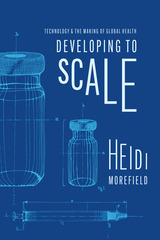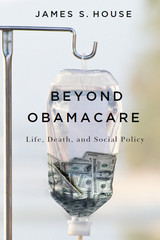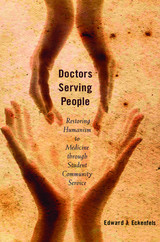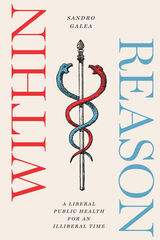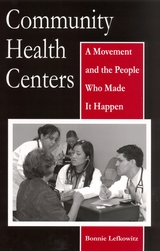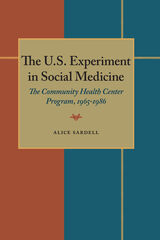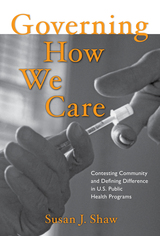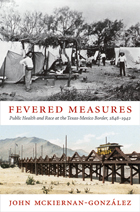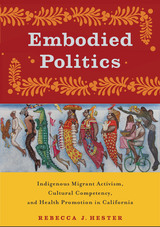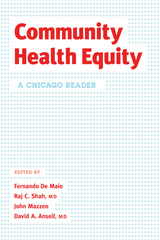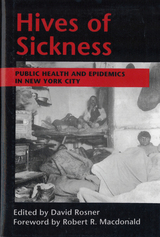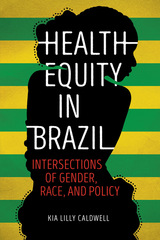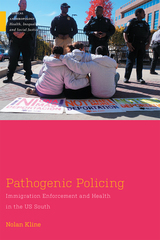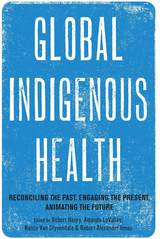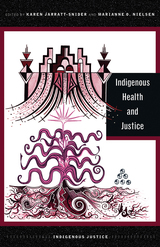Toward a Healthier Garden State: Beyond Cancer Clusters and COVID
Rutgers University Press, 2023
Paper: 978-1-9788-3200-8 | Cloth: 978-1-9788-3201-5 | eISBN: 978-1-9788-3204-6
Library of Congress Classification RA447.N57G74 2023
Dewey Decimal Classification 362.109749
Paper: 978-1-9788-3200-8 | Cloth: 978-1-9788-3201-5 | eISBN: 978-1-9788-3204-6
Library of Congress Classification RA447.N57G74 2023
Dewey Decimal Classification 362.109749
ABOUT THIS BOOK | AUTHOR BIOGRAPHY | REVIEWS | TOC
ABOUT THIS BOOK
While New Jersey now frequently appears near the top in listings of America’s healthiest states, this has not always been the case. The fluctuations in the state’s overall levels of health have less to do with the lifestyle choices of individual residents and more to do with broader structural issues, ranging from pollution to urban design to the consolidation of the health care industry.
This book uses the past fifty years of New Jersey history as a case study to illustrate just how much public policy decisions and other upstream factors can affect the health of a state’s citizens. It reveals how economic and racial disparities in health care were exacerbated by bad policies regarding everything from zoning to education to environmental regulation. The study further chronicles how New Jersey struggled to deal with public health crises like the AIDS epidemic and the crack epidemic. Yet it also explores how the state has developed some of the nation’s most innovative responses to public health challenges, and then provides policy suggestions for how we might build an even healthier New Jersey.
This book uses the past fifty years of New Jersey history as a case study to illustrate just how much public policy decisions and other upstream factors can affect the health of a state’s citizens. It reveals how economic and racial disparities in health care were exacerbated by bad policies regarding everything from zoning to education to environmental regulation. The study further chronicles how New Jersey struggled to deal with public health crises like the AIDS epidemic and the crack epidemic. Yet it also explores how the state has developed some of the nation’s most innovative responses to public health challenges, and then provides policy suggestions for how we might build an even healthier New Jersey.
See other books on: COVID | Disease & Health Issues | New Jersey | Public Health | Toward
See other titles from Rutgers University Press

